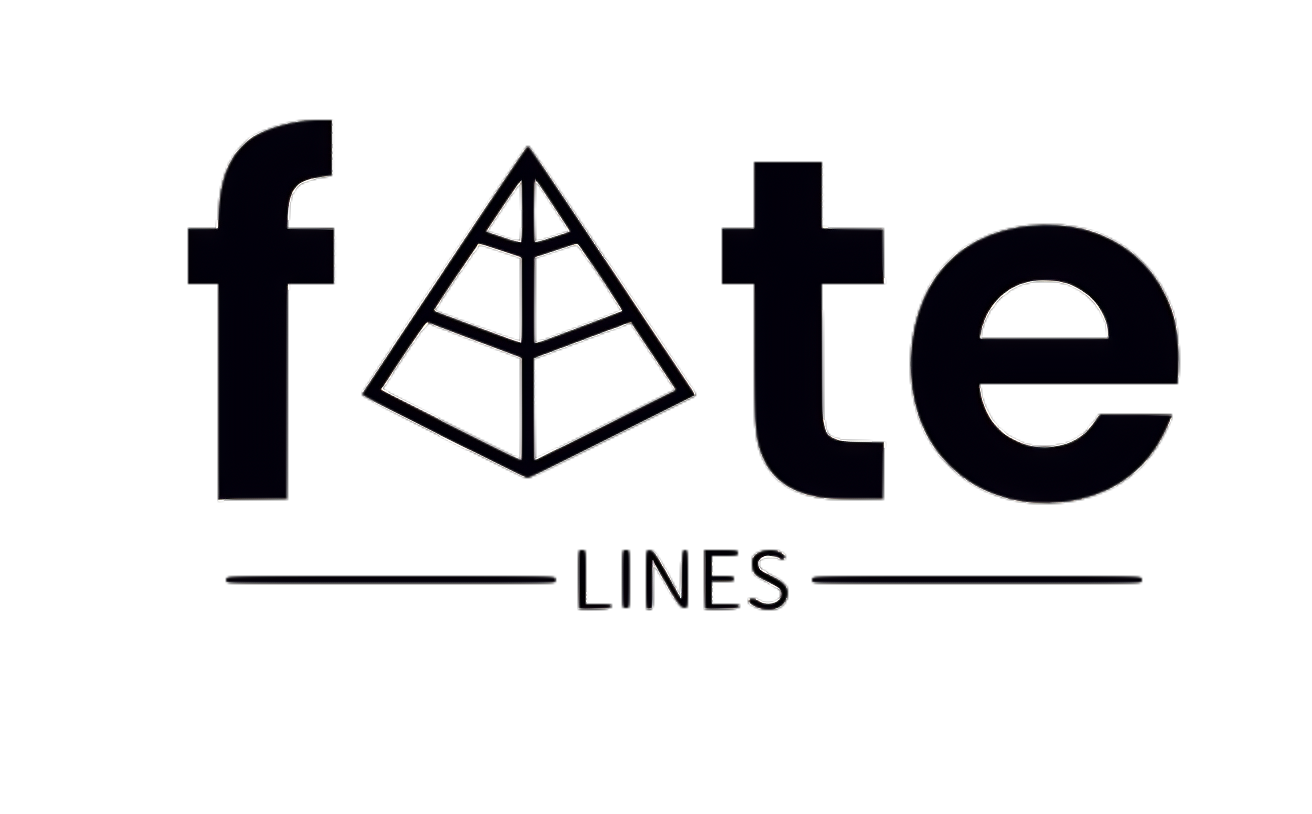In the vast landscapes of Scotland, if you come across an unusually large avian creature, you might be looking at either a heron or a capercaillie—two of the most notable birds in the Scottish wilds. However, it could also be the elusive Boobrie.
The Boobrie is a legendary, shape-shifting being said to inhabit the lochs along Scotland’s western shores. Its name is believed to derive from the Gaelic term “boibhre”, which means “cow giver.” It has also been referred to as tarbh-boidhre, a phrase that literally translates as “bull hearth,” yet it is more commonly interpreted as a representation of a monster or demon. While it primarily takes the form of a sizeable bird, it is known to transform into a water horse or large bloodsucking insect.
Despite its various forms, the Boobrie is far from harmless. Its diet largely consists of livestock, including cattle, and it shows no hesitation in attacking farm workers who try to shield their animals. It also preys on sheep and lambs, alongside consuming significant amounts of otters.
Although the bird shape is the Boobrie’s most recognized representation, it remains elusive in the wild. One acclaimed tale comes from Campbell of Islay, who recorded the creature as “boobrie tarbh uisge,” meaning “water bull.” This story tells of a young man who stumbled upon an injured bull near Loch nan Dobhran in Argyll and cared for it until it healed. Some months later, his girlfriend, Phemie, was assaulted by her ex-lover by the loch’s edge. A water bull, resembling the one the young man had helped, charged in, knocking the attacker down. The bull allowed Phemie to mount its back and ferried her to safety before vanishing into the darkness. This tale has been immortalized in a verse, translated from Gaelic:
“I was aided by a young man
And I helped a maiden in despair;
Then after three hundred years of confinement
Deliver me swiftly.”
The Boobrie myth may have roots tied to the diverse avian life thriving near the lochs. The great auk, hunted to extinction by the mid-19th century, is thought to have inspired several Boobrie sightings due to its similar size and coloration.
Witnesses have likened the Boobrie’s distinctive call to the roar of a bull, which some attribute to the common bittern, a migratory species found in Scotland. Originating from its modest roots in Scotland, the legend of the Boobrie has spread widely worldwide, making an appearance as one of the creatures featured in the 1989 Second Edition of Dungeons & Dragons.


